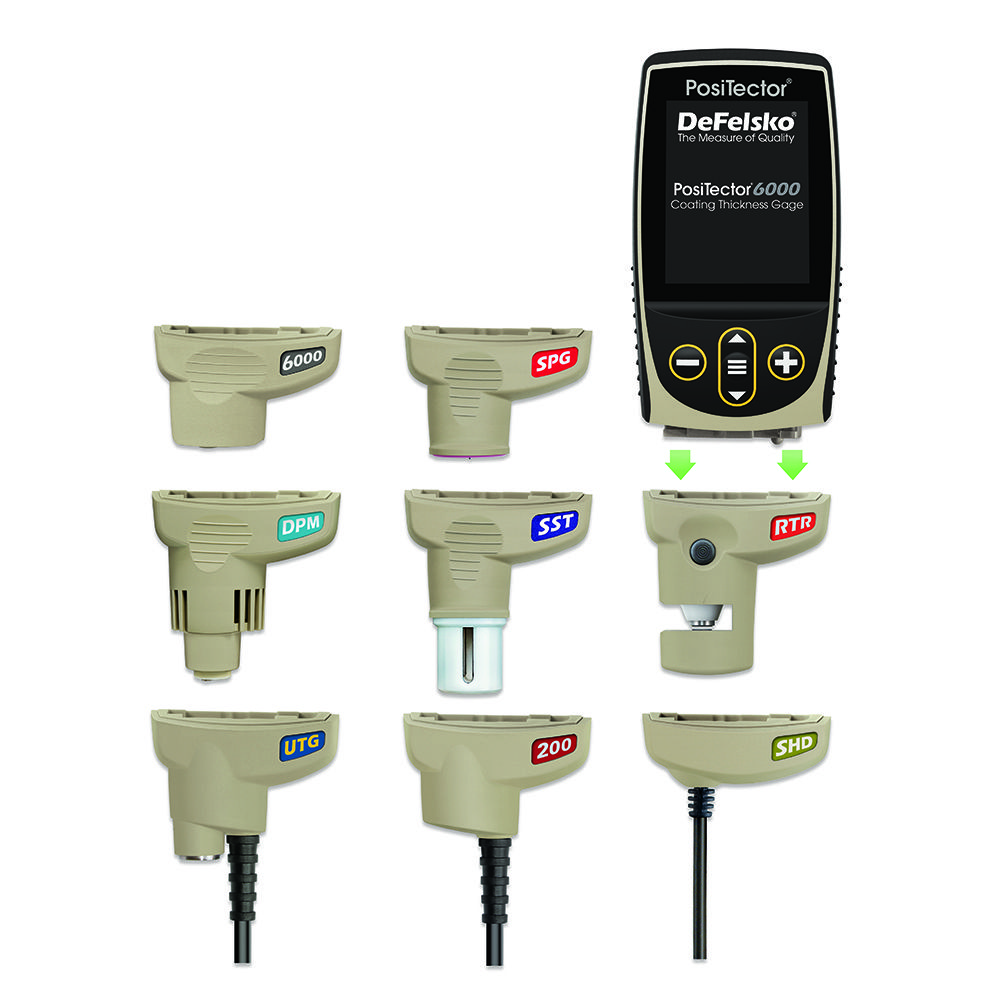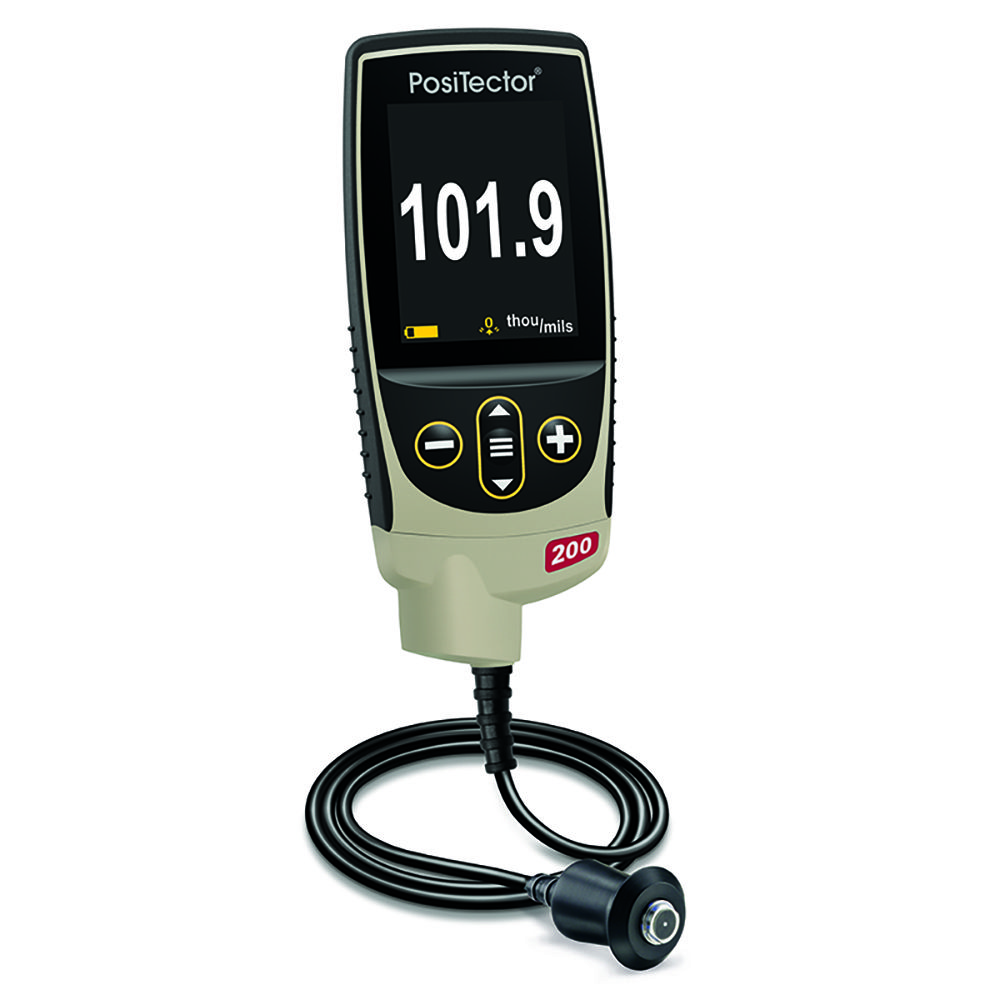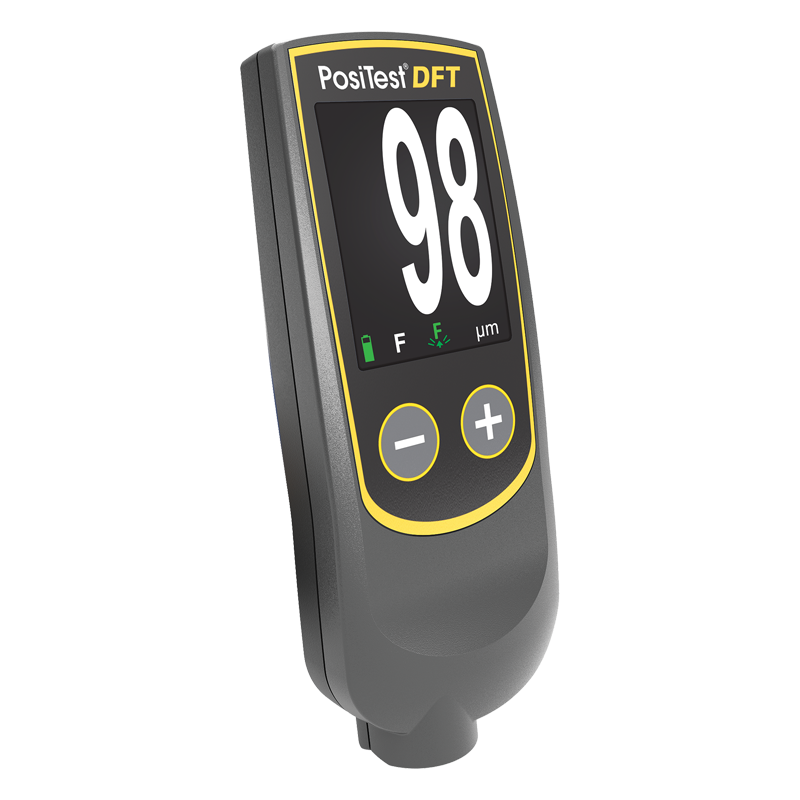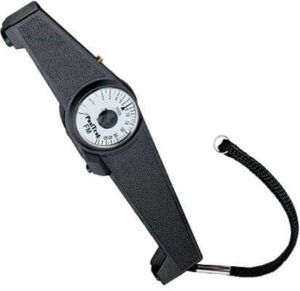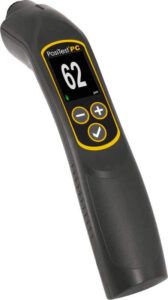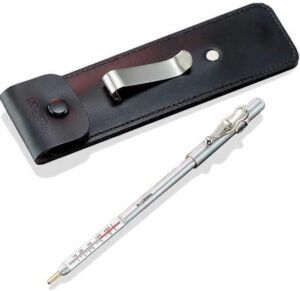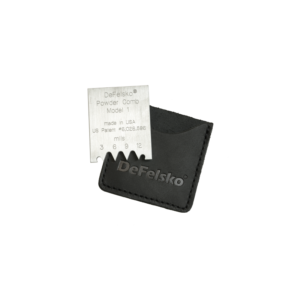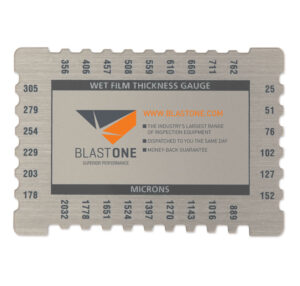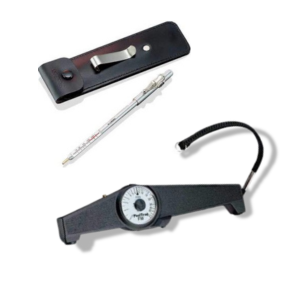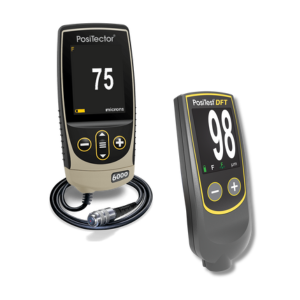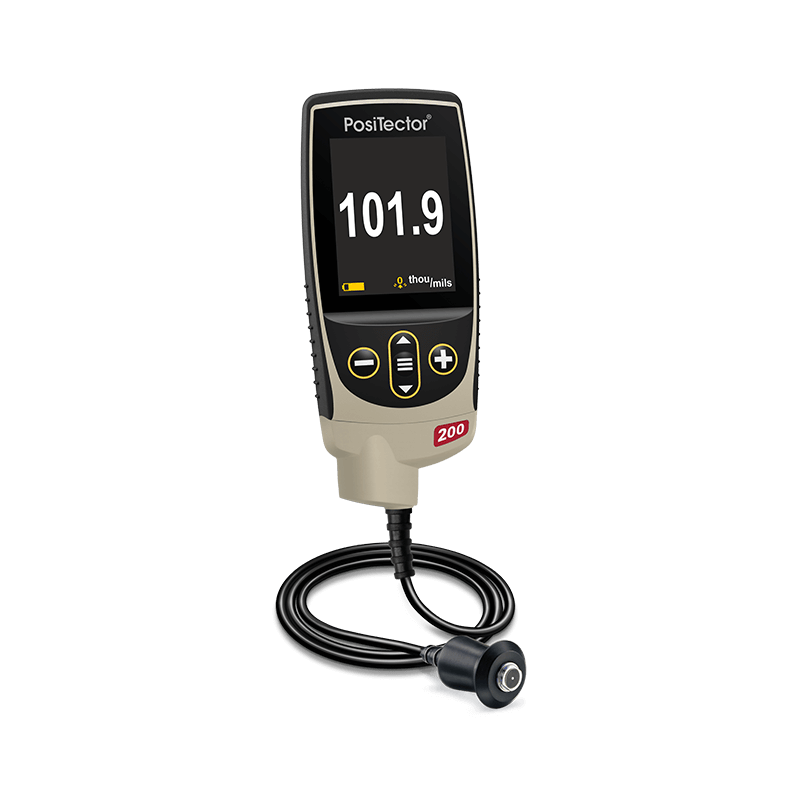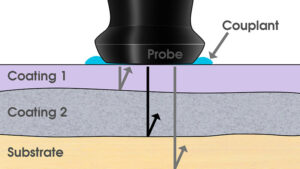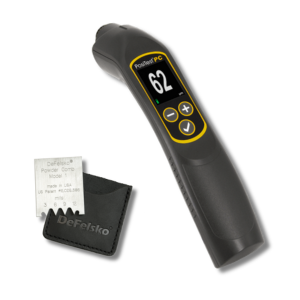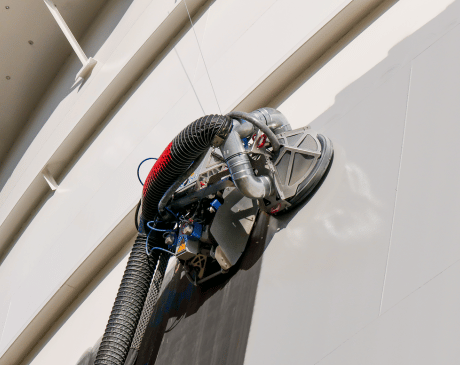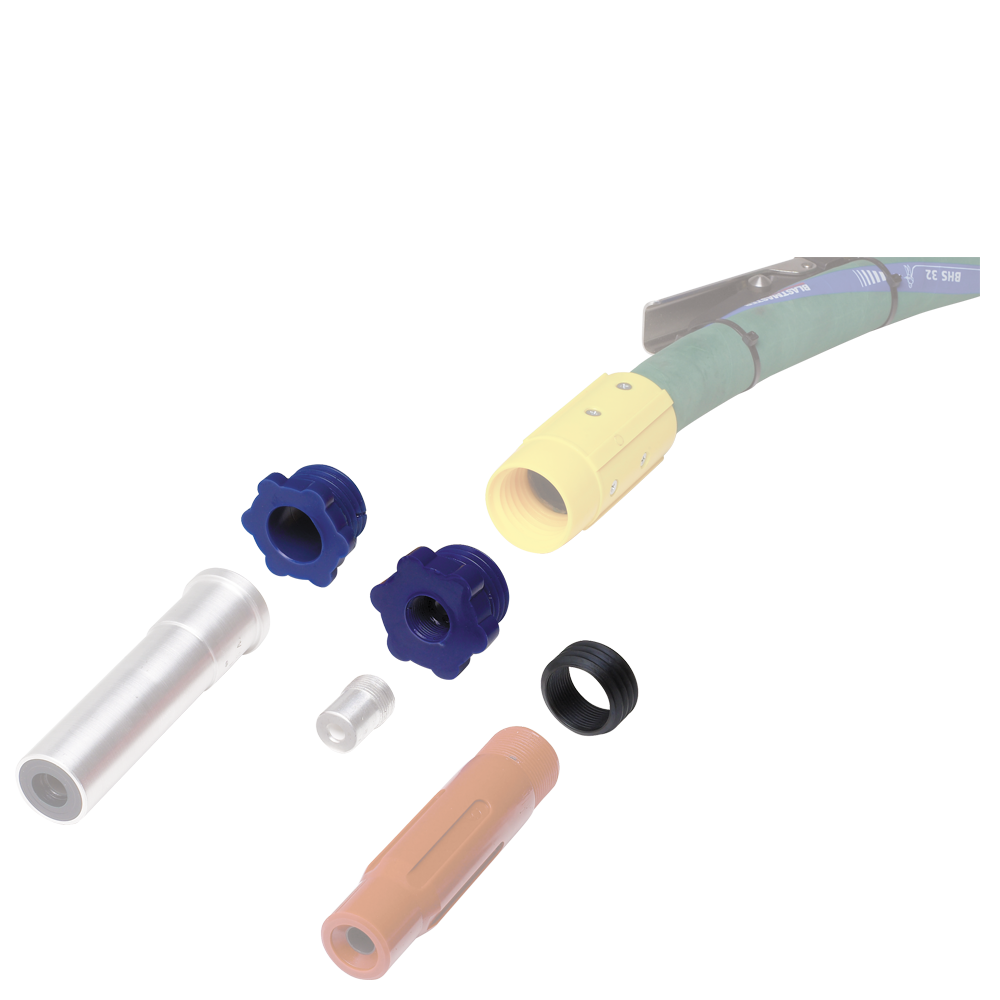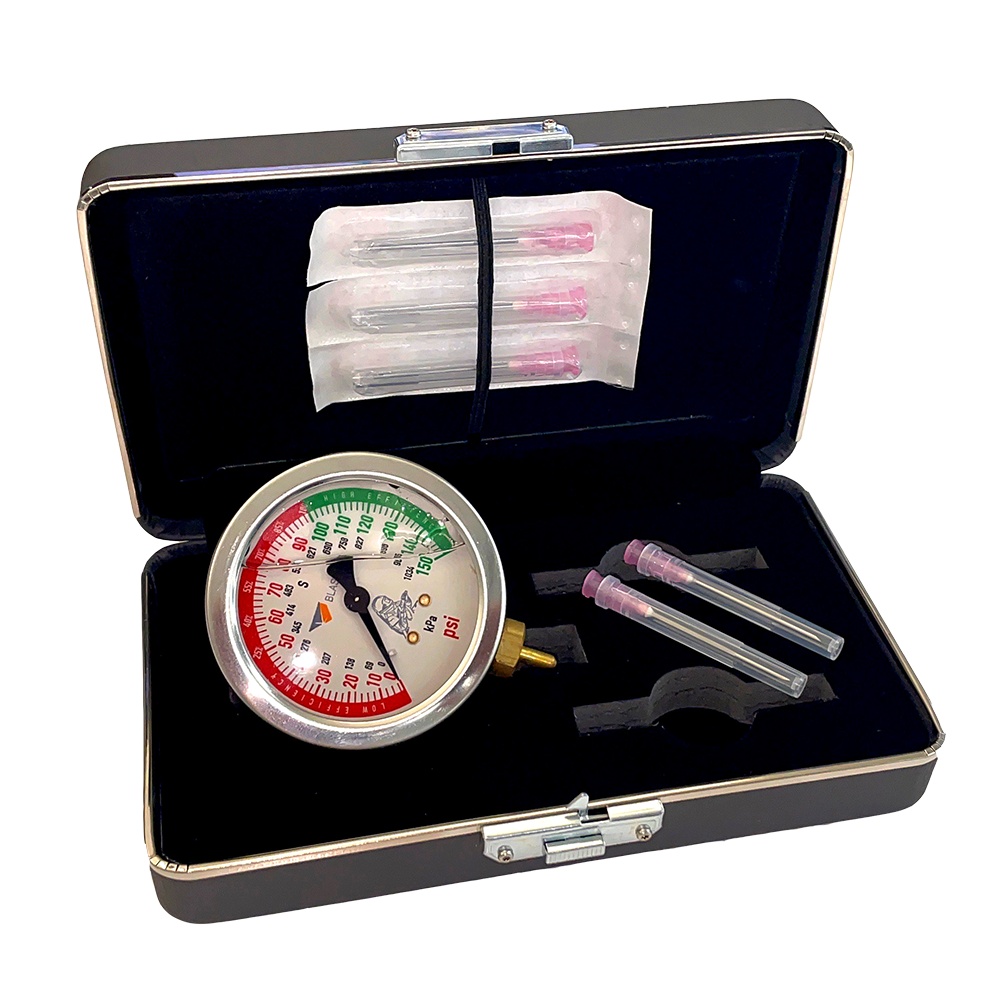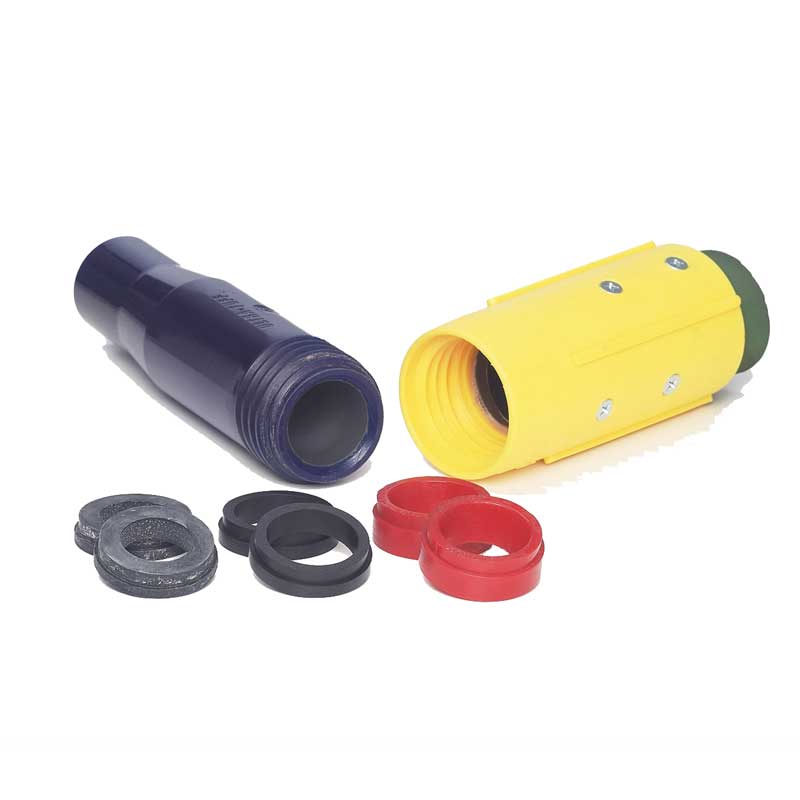Can the PosiPen measure coatings on small diameter wire?
Yes. The PosiPen will accurately measure the thickness of non-magnetic coatings on a ferrous 18 AWG and larger wire.
Can the PosiPen measure nickel on steel?
Yes, but it depends upon the particular type of nickel coating that has been applied to the steel.
When nickel plating is deposited by a process of electrolysis (employing an electric current in the nickel bath), the resultant coating – commonly called “e-nickel” – is always conductive and magnetic to some degree and cannot be accurately measured by our gages when applied to ferrous or non-ferrous metals.
Electroless nickel coatings are deposited by an autocatalytic process which does not involve the addition of an electric current. If the nickel bath in this process contains a minimum concentration of ~8% phosphorus, the resulting nickel plating is effectively non-magnetic and its thickness can be accurately measured on ferrous steel with a magnetic principle coating thickness gage such as the PosiPen.
Does the PosiPen measure on non-ferrous metals, like aluminum?
No. As a magnetic principle instrument, the PosiPen will measure the thickness of non-magnetic coatings applied to ferrous metals. Our popular PosiTest DFT Combo and powerful PosiTector 6000 N gage models are ideal for measuring the thickness of paint, anodize and other non-conductive coatings applied to non-ferrous metals.
 My Account
My Account

